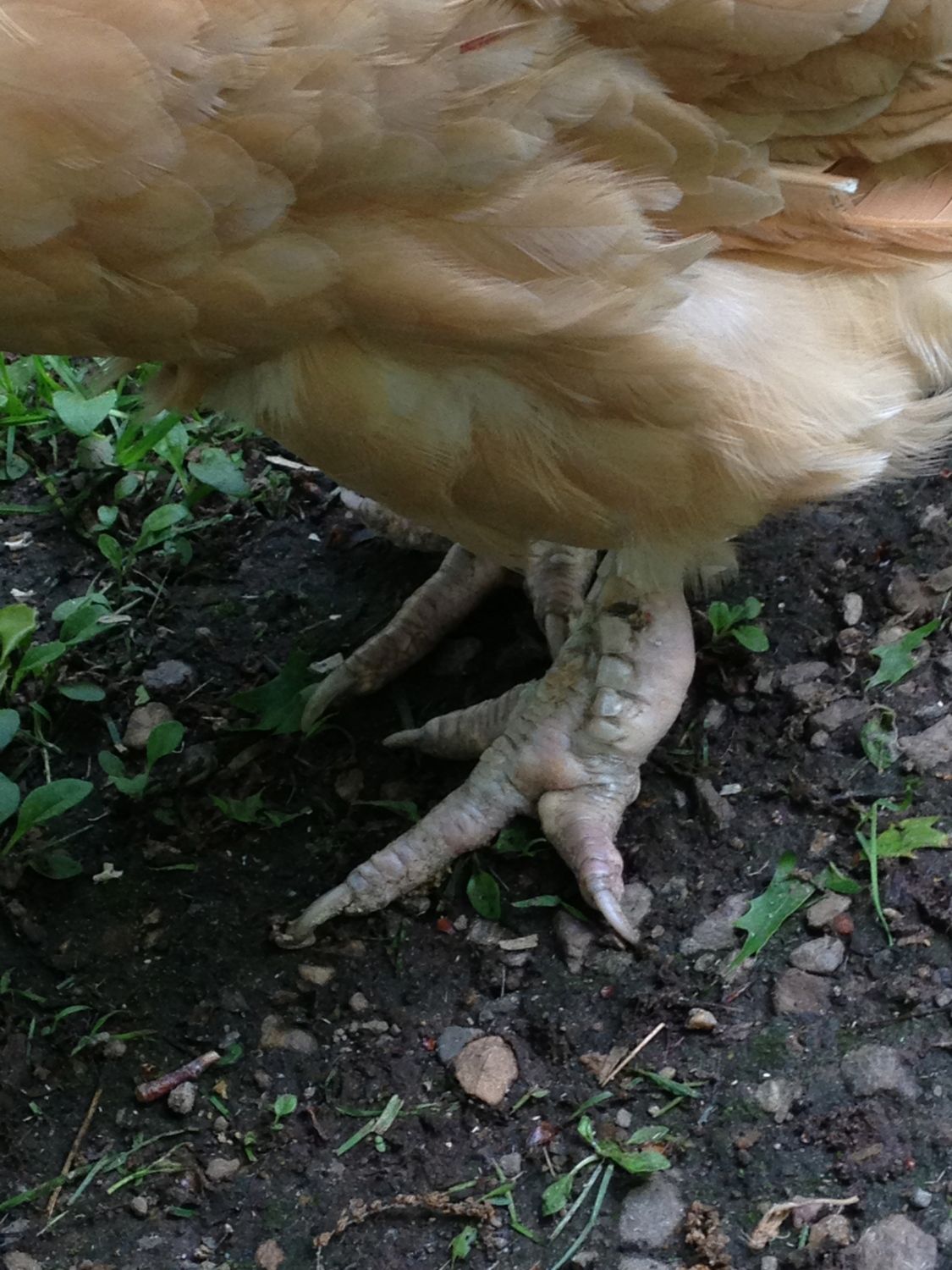- Sep 3, 2011
- 140
- 0
- 79
So my 2 and half year old BO has really swollen feet. Like really bad. She barely walks and the other hens are beating her up. I'm really worried about her because she seems way lighter than she was and doesn't roost anymore. There are no open sores or anything on her feet. We don't have a vet in the area. Please help 



